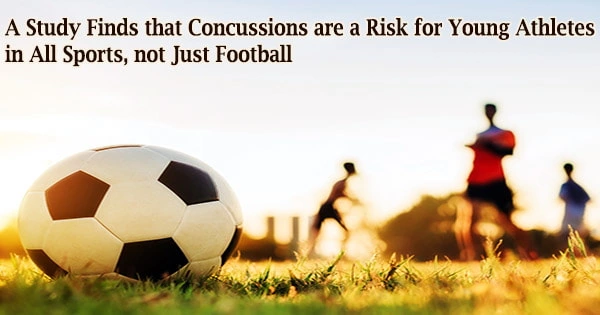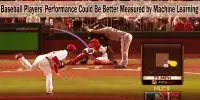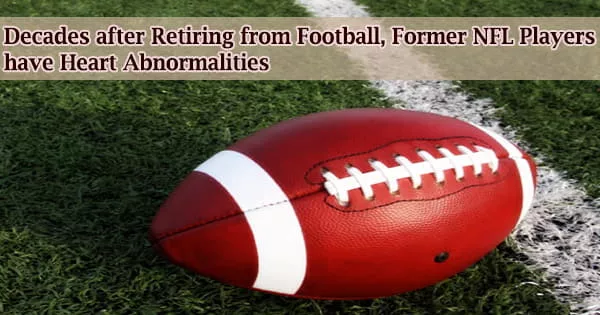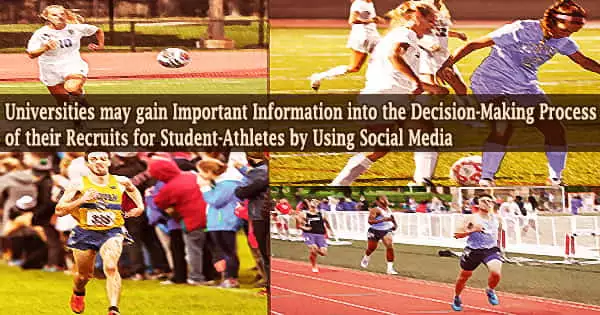According to a recent study from the Henry Ford Sports Medicine Research team, high school athletes competing in a variety of sports, including football, soccer, hockey, basketball, swimming, cheerleading, and others, are not only at risk for concussions, but may also require more time to recover than previously thought.
The findings of the study, which were published in Orthopedics, a nationally recognized, peer-reviewed publication for orthopedic surgeons, revealed that football, hockey, and soccer were the most common sports for brain injury.
“We thought that concussion issues would be very short-lived,” said Vasilios (Bill) Moutzouros, M.D., chief of Sports Medicine at Henry Ford and a study co-author, “That they wouldn’t have as many attention issues, that they’d be able to recover for their sport much more quickly. Our study found just the opposite.”
“The two sports, other than football, where concussions are common are soccer and hockey, although brain injuries can happen in any sport,” said Meaghan Rourke, one of more than 30 Henry Ford athletic trainers who support sports programs at over 20 high schools, colleges and universities and professional teams in the tri-county area.
The latest executive order signed by Michigan Governor Gretchen Whitmer enables the high school football season to begin on September 18. After being postponed until spring 2021, the Michigan High School Athletic Association (MHSAA) resumed football.
Athletic trainers will once again be prowling the sidelines and on the lookout for indicators of concussions now that football is back in action with a modified six-game season.
Soccer, volleyball, swimming, and diving are among the other sports that have been allowed permission to play this fall. Collisions falls, and interactions with the field of play will all pose a risk of brain injury throughout these competitions.
“I went through a four-year period as an athletic trainer where I had at least one swimmer suffer a concussion. That’s a sport you don’t really think about in terms of concussions,” said Rourke. She explained that in one instance a swimmer miscalculated her distance to the pool wall while doing the backstroke and bumped her head against the wall.
As a result, the swimmer suffered a concussion and was forced to sit out for more than a month. Diving is another sport that can cause brain damage since the divers’ heads hit the water’s surface at tremendous speeds during their dives. In truth, because athletics involve physical activity and competition, concussions can occur in any sport.
We thought that concussion issues would be very short-lived. That they wouldn’t have as many attention issues, that they’d be able to recover for their sport much more quickly. Our study found just the opposite.
Vasilios (Bill) Moutzouros
“Competitive cheerleading is another sport where I’ve seen concussions happen. The kids get very high in the air, and if they slip and fall when they are coming down, they can suffer serious head injuries,” said Rourke, “We usually have one or two athletes in that sport suffer concussions. Overall, I’ve probably had to deal with a concussion in every sport, including golf.”
The researchers looked at results from neuropsychologists’ Immediate Post-Concussion Assessment and Cognitive Testing (ImPACT) at baseline and after concussions. The study discovered that as players sustained more concussions, their memory ImPACT scores improved.
ImPACT is a brain injury testing technique that was created at the University of Pittsburgh in the late 1990s and launched in the early 2000s. The testing protocol is the only FDA-approved instrument for concussion evaluation, and it is the nationwide testing used to assess and manage concussions by healthcare, educational, and sports organizations.
A concussion is defined as “a disruption in brain function that happens as a result of either a hit to the head or the forceful shaking of the head,” according to the protocol. Headaches, nausea, vomiting, balance issues, dizziness, exhaustion, sight impairments, and a variety of other brain-related symptoms can all be signs of a concussion.
The study looked at the data of 357 high school players who were treated at Henry Ford for concussions between 2013 and 2016. The athletes ranged in age from 14 to 18, with roughly 62 percent of them being male. Football was the sport with the most concussions (27.7%), followed by hockey (21.8%), soccer (17%), basketball (9%), and cheerleading (4.2%).
72 of the study’s participants participated in “Other” sports, accounting for 20.3 percent of all concussions. Amnesia was reported by 14 percent of respondents, and 33 percent recorded concussions.
To effectively diagnose concussions, manage the recovery process, and safely return athletes to their sport, Henry Ford athletic trainers follow internationally accepted criteria.
They employ sideline instruments like the Sports Concussion Assessment Tool 5 (SCAT5) to assess cognitive function right away, and if necessary, a physician may give additional neuropsychological tests to check recovery progress. When a concussion is suspected in athletes aged 12 and up, certified healthcare providers employ the SCAT5 standardized concussion assessment.
A player with concussion symptoms must be taken out of the game for at least 24 hours, according to MHSAA rules. It forced athletes at high schools with a Henry Ford athletic trainer to sit out for at least five days and must adhere to a rigid return-to-play protocol.
“We’re going to slowly bring them back,” said Rourke. “We don’t want to just throw them out there where they’re going to get hit again, and then they’re dealing with prolonged symptoms.”
The Henry Ford research team discovered that athletes who had only one concussion needed at least 30 days of recuperation before returning to their sport, whereas those who had two or more concussions needed more time.
They also discovered that recurrent concussions reduced visual-motor speed and reaction time, and that male and female athletes with a previous history of concussion, as well as those with delayed diagnosis, needed more time before returning to sport.
The researchers believe that the findings will assist to start a discussion on how to safely return student-athletes to their sport following a brain injury.
“When you recognize that it can be up to 30 days to get a young student-athlete back, you’re going to change your mindset on how you advance them, in terms of how you push them, in terms of how you test them,” said Dr. Moutzouros.
Previously, brain injuries were thought to be linked to a player’s age. The shorter the healing time, the younger the player.
“We need more studies on the younger athletes,” said Dr. Moutzouros, “Many of us have children. We’re all worried about them and we want them to be safe. So, we need to recognize that this is a problem for the youth athlete.”
















